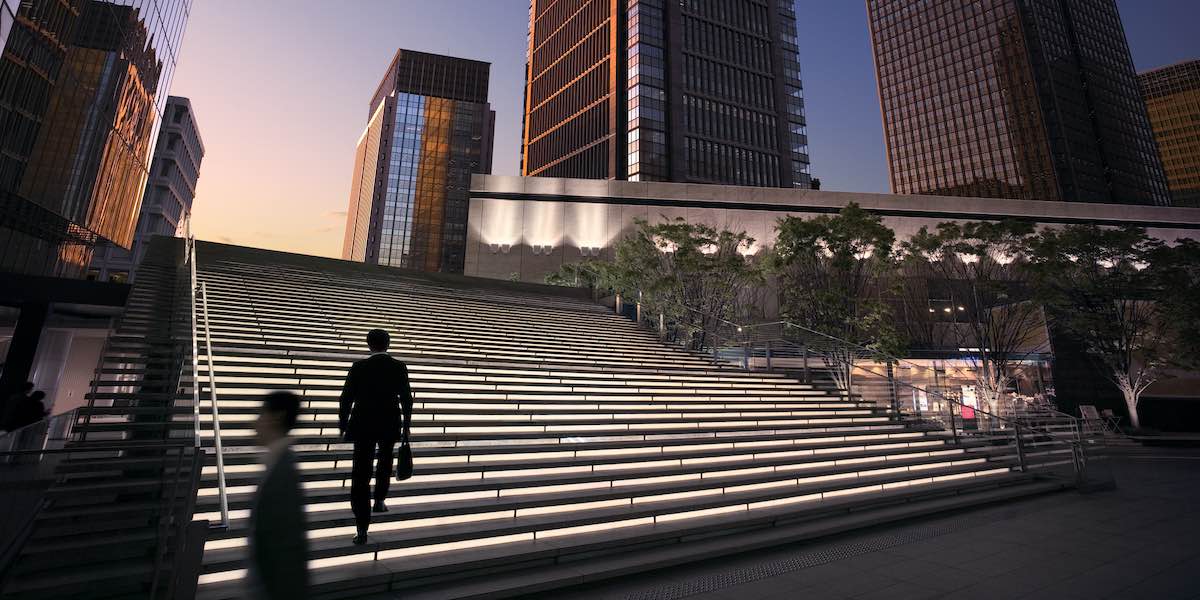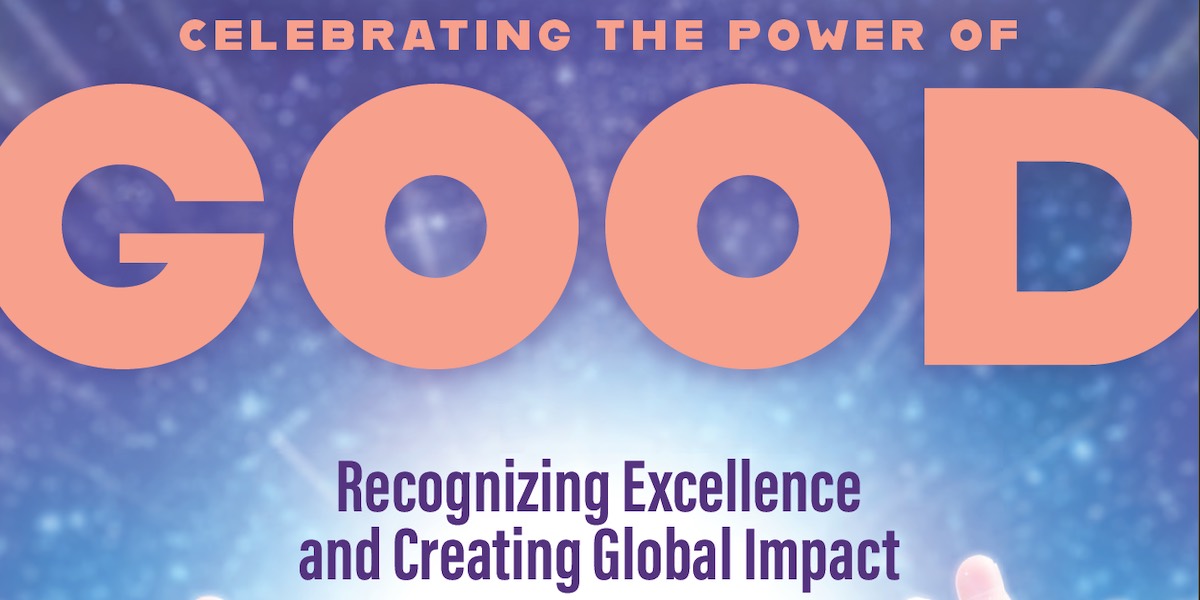As long as the pandemic continues, few in-person meetings and events will be 100 percent safe for participants and other stakeholders when it comes to coronavirus transmission. However, too much business globally relies on meetings and events for the industry to simply vanish without having a widespread and severe economic impact. That’s where duty of care comes into play.
Whether you’re a planner or a supplier, your professional reputation—as well as, in this unprecedented time, that of the industry at large—will be judged on how well you execute safe meetings and events in the months to come, under the coronavirus cloud.
The physical space of in-person events is perhaps the most apparent asset and threat realized when exploring the safety of participants onsite. Nowadays, a thorough exploration of the space to be used involves learning about HVAC systems, virology and getting creative with event design.
Enhanced Air
“If possible, it would be ideal for event planners to orient floor plans to maximize exposure to windows that can open, and keep windows and doors open,” says Gala Magriñá, founder and principal of New York-based Gala Magriña Design, a company that focuses on holistic interior design. “These are great visual cues that allow for better airflow and will instantly make attendees feel more uplifted. Of course, if you’re in Miami in the dead of summer, this may not be possible. In that case, event planners should look at HVAC and ensure the best air filtration systems are being used. Additionally, creating signage about how the air is being filtered, distributed and expelled is a great tactic for event planners—it might sound boring, but it brings peace of mind to attendees.”
Boring? Perhaps eight months ago, but now the latest and greatest air filtration innovations are finding more widespread implementation. Upon reopening later this year, the Hotel Paso del Norte in El Paso, Texas, will have a new Plasma Air system that kills 99 percent of bacteria in 10 minutes and, through ionization, eliminates viruses.
“In 2020, there is no amenity greater than safety,” General Manager Carlos Sarmiento said in a statement. “Reopening during a pandemic means that offering an authentic destination experience is not enough. It’s imperative that we employ advanced safety precautions to promote health and peace of mind.”
Wherever people gather, air filtration operations are being scrutinized and, ideally, upgraded. This month, Houston’s George R. Brown Convention Center debuted an Integrated Viral Protection (IVP) system that kills 99.999% of SARS-CoV-2—the first U.S. convention center to apply this technology.
The Empire State Building Observatory, which reopened in late July, is using MERV-13 air filtration—MERV, or minimum efficiency reporting value, is a rating for how well filters trap airborne particles. The greater the MERV rating (ranging from one to 16), the greater the filter’s effectiveness. A pilot program for the San Francisco Bay area’s BART trains, launched last month, involves the use of MERV-14 air filtration plus ultraviolet light within HVAC units to kill viruses.
Embrace the Great Outdoors
An excellent way to manage an event around less-than-ideal air filtration systems is to leverage the joy of nature by holding sessions or entire events outside. Getting creative and planning an event while focusing on the wellbeing of attendees (specifically in relation to the coronavirus) could result in more engaged attendees and, overall, a more successful experience for all stakeholders.
“I think access to natural light and outdoor areas with plant life are key, as most meetings and conventions require attendees to be in an enclosed space for most of the day. These spaces tend to be particularly dark, which simply does not promote wellness for participants,” Magriñá says. “Our bodies miss cues from the sun when we are cut off from access to natural light, and that affects our circadian rhythms. So, having access to natural light, as well as fresh air and nature throughout the day, is great for attendees, can help boost energy levels, foster a sense of wellness and set a meeting or event apart from others.”
Onsite COVID-19 Testing
Often, innovation is first implemented among the well-heeled—understandably as innovation is rarely cheap to start out. During the pandemic, however, the realistic hope is that innovation will spread faster if it means an expedited return to normal.
According to The New York Times’ “Rapid Testing is the New Velvet Rope,” onsite COVID-19 testing at exclusive events, such as society weddings, is a booming market. Most of the quick tests (there are several varieties) provide results in less than 30 minutes.
Dr. Asma Rashid, operator of an exclusive medical concierge service in the Hamptons, told The Times that no test is guaranteed, yet she’s increasingly hired to test event and party guests prior to being permitted entry. The demand is so great that Rashid has had to triple the size of her staff.
While onsite testing is an incredible, proactive way to help keep an event space secure from the coronavirus (as much as science permits at the moment), in a multiday convention context, this would necessitate testing be done every day as attendees arrive at the venue—or, if using a shuttle for transportation, before they even board on the way to the venue each morning.
Onsite testing can certainly help prevent viral spread, while also enhancing attendee morale and the feeling of safety, but no one is suggesting it’ll be easy or cheap. (Take note if you’ve got sponsors begging for creative new ways to promote their brand: Ask them to cover the onsite COVID-19 testing!)
Not-so-close Encounters
Social distancing on a day-to-day basis is one thing—socialization can, to an extent, simply be avoided. However, a key point of in-person meetings and events is to socialize. In this context, it’s important to design your spaces in such a way to minimize or outright eliminate the likelihood of close-quarter encounters.
“Well-designed wayward signage on walls and floors that delineate space and help move people through that space in safe ways is incredibly important,” Magriñá says. “Event planners can get creative with this and instead of using stanchions or barricades, use faux plants and trees or furniture to enhance the overall design of the space. The more spaces are divided in natural ways, ensuring attendees don’t feel like they are in an airport security line, the better people will feel.”
When applied properly, such physical elements shouldn’t hinder the overall attendee experience. In fact, in today’s landscape, most attendees should have a better experience, knowing that planners are thinking about and concerned with their health.
“Utilizing space differently to move people through it in a safer way does not impact person-to-person engagement significantly,” Magriñá says. “Event planners might need to consider smaller guest lists in order to get the person-to-person interaction they are looking for safely, but that interaction can still happen—and it needs to. We are all craving it now more than ever.”
.jpg?sfvrsn=b536b45a_0)






